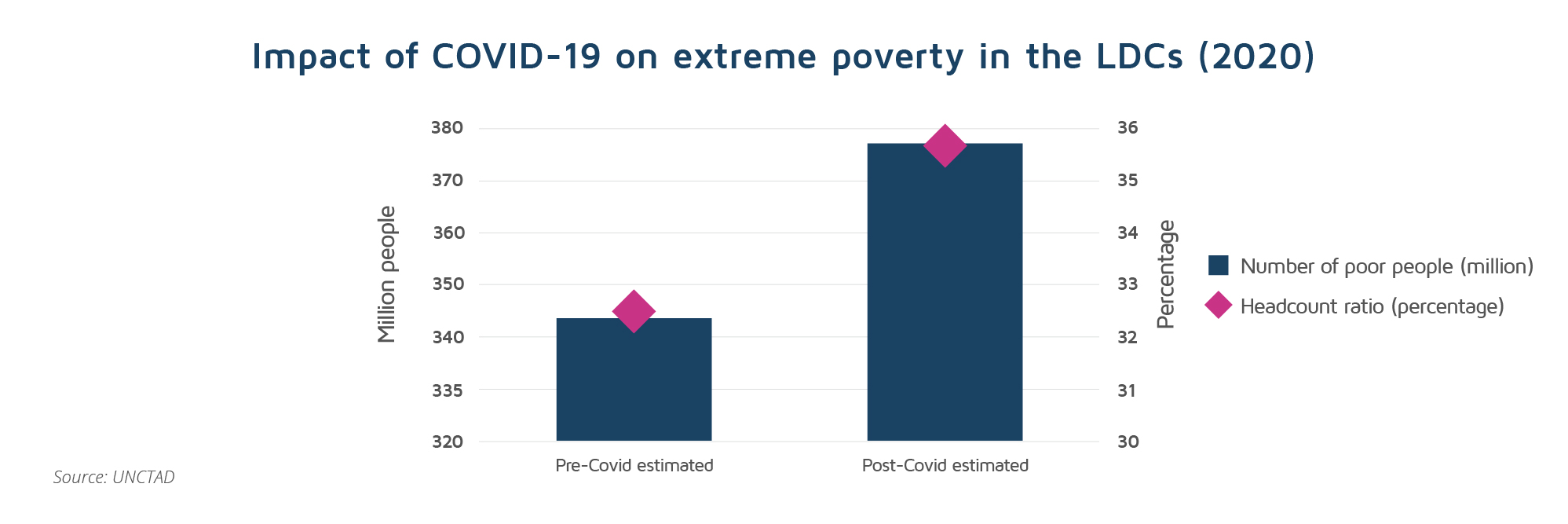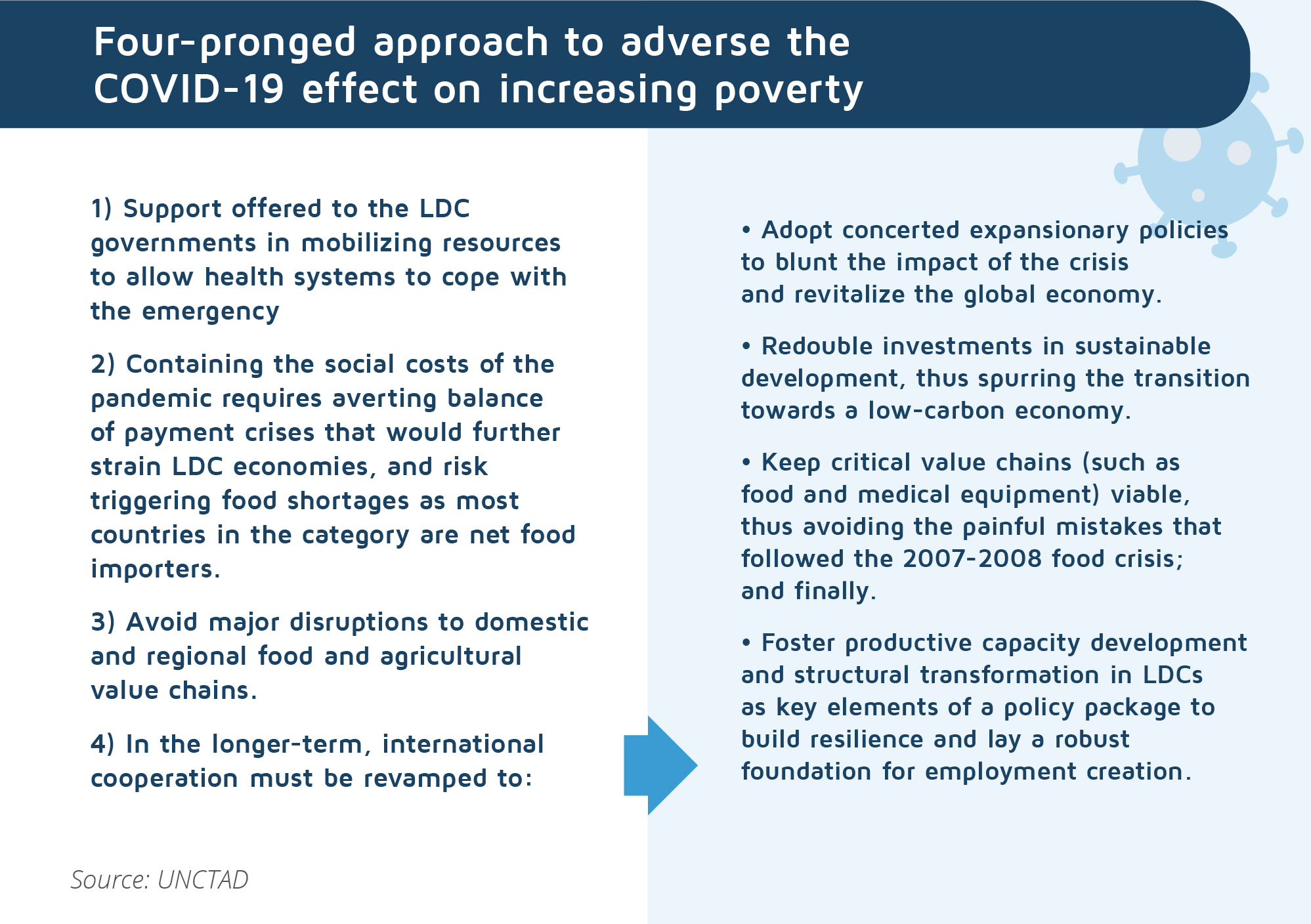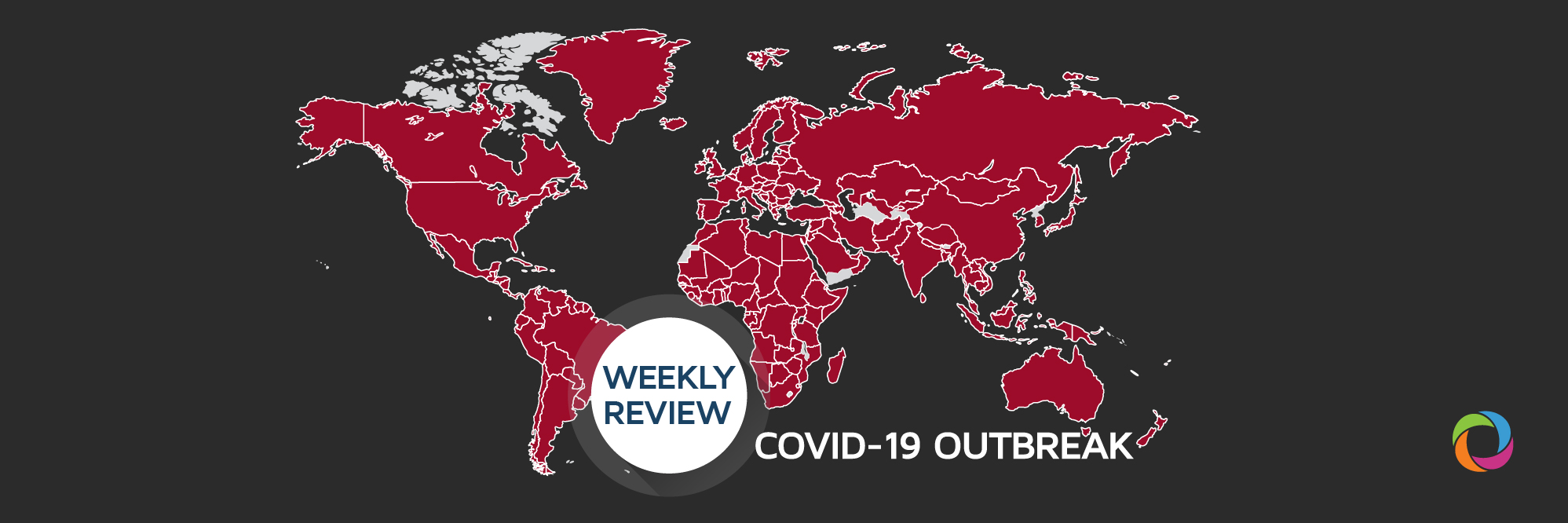(April 29 – May 6, 2020)
Despite an average of almost 26,000 COVID-19 cases being registered daily in the region, many European countries are setting out cautious plans to lift the restrictive measures that were imposed to stop the spread of the coronavirus pandemic. From Andorra to the United Kingdom, the month of May promises to be the turning point for a return to more or less ordinary way of life. The apparent haste of authorities amid the pandemic statistics is intended to primarily restart economies that have been deeply affected by lockdowns. State leaders are asking for precautious and vigilant behavior from their citizens.
Last week’s COVID-19 statistics do not differ significantly from the previous period analyzed in DevelopmentAid’s weekly review. With around 500,000 new cases, the total number of COVID-19 patients has now reached the 3.6 million mark according to the COVID-19 Dashboard compiled by the Johns Hopkins University. The number of deaths has risen to 257,000 with over 1.2 million people having recovered from the disease.
“Andorran authorities were probably the most creative in easing the lockdown restrictions: Andorrans who live in even-numbered homes are allowed to go out on even dates, while those who reside in odd-numbered homes on all other days. Houses without a number will go out on even dates if the name of occupants begins with A-M, and odd days if it starts with N-Z”
United we stand
With the pandemic and the turbulence that has ensued sharpening focus on the less pleasant aspects of nations’ inequalities and a lack of trust in global trade, yesterday confidence in global cooperation may have been boosted by the announcement of a unique partnership to develop diagnostics, treatments and vaccines against COVID-19.
The Coronavirus Global Response pledging event, hosted by the European Commission, has registered €7.4 billion, equivalent to US$8 billion, in pledges from donors worldwide. The objective is to gather sufficient funding to ensure the collaborative development and universal deployment of diagnostics, treatments and vaccines against COVID-19. The partner organizations include the Bill and Melinda Gates Foundation (BMGF), the Coalition for Epidemic Preparedness Innovations (CEPI), Gavi, the Vaccine Alliance, the Global Fund, UNITAID, the Welcome Trust and the pharmaceutical industry.
Ursula von der Leyen, President, EC: “Today the world showed extraordinary unity for the common good. […] With such commitment, we are on track for developing, producing and deploying a vaccine for all.”
According to the Global Response fact-sheet, Gavi, the Vaccine Alliance, “the global actor for vaccine deployment will organize its replenishment summit on 4 June 2020. As the world relies on Gavi for making vaccinations available everywhere, its full replenishment will be crucial to the success of the Coronavirus Global Response”.
The global commitment to fair access to vaccinations and treatment has been strengthened by the economic and financial measures adopted by developed economies. As of May 1st, the least developed countries (LDC) have had their debts suspended. This decision taken by the G20 represents a global approach to the consequences of the corona crisis which may be particularly serious for the poorest countries. The move is believed to be the first step in an unprecedented commitment which is estimated to result in the delay of US$12 bn payments. In all, 77 countries are due to benefit from this agreement.
Fighting poverty
The measures put in place by the G20 would seem to be particularly appropriate as the world’s poorest countries brace themselves for yet another shock that threatens to deepen global inequalities and exacerbate an already challenging situation. The economic shock that will follow the pandemic may undermine a decade’s effort to decrease global poverty.
UNCTAD, the United Nations Conference on Trade and Development, highlights that the interplay between the COVID-19 outbreak, the contraction in demand – globally and even more so in some of LDC’s major trading markets – together with the free-fall in international commodity prices is likely to reverse the limited progress that has been made in poverty reduction.
This data is due to be analyzed alongside the estimates of the International Organization for Migration that over 2 billion workers are currently affected by the lockdowns. In its earlier article, DevelopmentAid reflected upon the potential scenario: rising global poverty following COVID-19.

In a recent interview, UN Deputy Secretary-General, Amina Mohammed, issued a warning about the “risk of huge populations falling further behind” because of the COVID-19 pandemic. “Weak health systems won’t be able to cope. Incomplete social protection systems risk seeing millions fall back into poverty and governments with little economic firepower will not be able to cushion the impacts or recover quickly. Every single person will be affected by this pandemic. We will need an extraordinary show of solidarity for all people to come out of COVID-19 stronger”.
According to UNCTAD, mitigating the risk of deepening poverty rates hinges on a four-pronged approach.

Stay tuned for the next DevelopmentAid coronavirus weekly review to be released on May 13th.
DevelopmentAid offers its members access to complete coverage of the international development sector during the COVID-19 pandemic. Until May 15th, all COVID-19 related tenders and grants are publicly available without any restrictions, at this link.
About COVID-2019 Coronaviruses are a large family of viruses that are common in many different species of animals including camels, cattle, cats and bats. Rarely, animal coronaviruses can infect people and then spread between them such as was the case with MERS (2012) and SARS (2003).The symptoms of the virus are very similar to those of a common cold – runny nose, headache, cough, sore throat, fever, a general feeling of being unwell. Blood tests are necessary in order to prove the presence of the virus in the organism. Named by scientists as the “Wuhan seafood market pneumonia virus”, COVID-19 is a coronavirus, like MERS and SARs, all of which have their origins in bats. Initial reports show that, in the early stages of the outbreak (early January 2020), many of those infected in Wuhan had some link to a large seafood and live animal market – the Huanan Seafood Wholesale Market, mainly its western wing where wildlife animals are traded. This suggests that the virus initially affected an animal and subsequently spread to a person in a what a CDC has called “the species barrier jump”.

